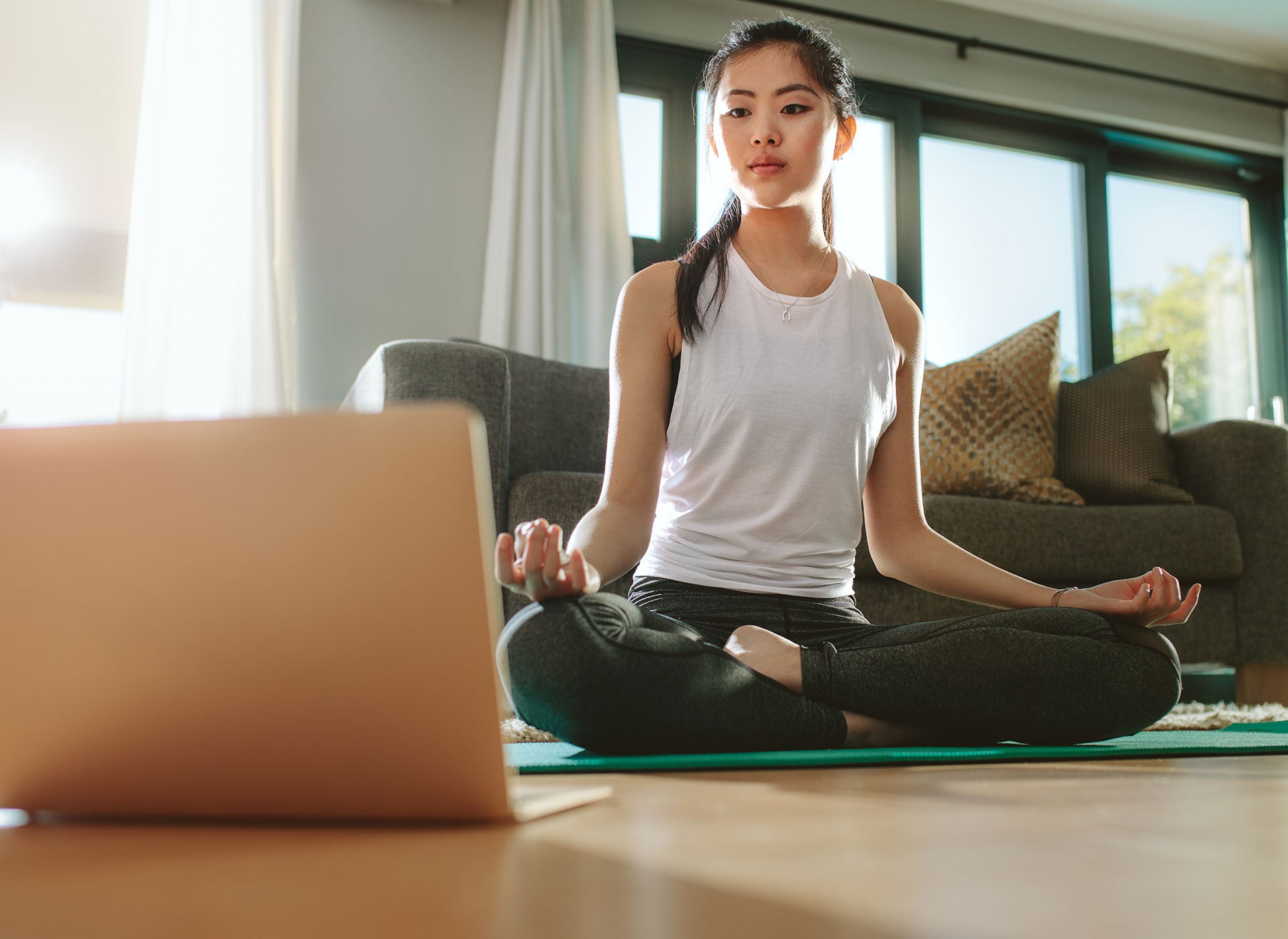
It’s hard to overstate the impact the Covid-19 coronavirus has had on the fitness industry.
“The short-term shock is massive. The core of the fitness industry is bricks and mortar – in-person classes and facilities. While there’s been a rise in online platforms and brands over the last five years, they’re still a tiny fraction of the market,” Max Henderson, founder of Hotpod Yoga, tells Verdict.
“So, closing the doors of studios and gyms has led to the majority of the fitness industry becoming zero revenue overnight. That’s huge.”
However, there is a glimmer of hope: the coronavirus lockdowns are creating new opportunities for the fitness industries.
“There’s also clearly a huge surge in focus on mental and physical health – not just because this is a health crisis we’re in, but also because with people stuck at home, they need to keep themselves stimulated and sane,” says Henderson.
“So, that’s led to a big short-term shift, for sure – with thousands of businesses, like ourselves, adapting to serve their customers in their new normality.”
How well do you really know your competitors?
Access the most comprehensive Company Profiles on the market, powered by GlobalData. Save hours of research. Gain competitive edge.

Thank you!
Your download email will arrive shortly
Not ready to buy yet? Download a free sample
We are confident about the unique quality of our Company Profiles. However, we want you to make the most beneficial decision for your business, so we offer a free sample that you can download by submitting the below form
By GlobalDataTaking fitness classes online amid the coronavirus
For Hotpod Yoga, which prior to the coronavirus ran hot yoga classes across the UK and Europe in enclosed, heated, inflatable purple pods, this shift has taken the form of both live and on-demand streamed classes.
“We moved to streamed classes three days after our studios closed. It was an essential way for us to be able to help keep our customers practicing with the teachers they love,” he explains.
“It’s was (and is) a stressful time for us as a business, but it also was a stark reminder that tens of thousands of people rely on our classes for their own mental and physical health – so we wanted to do everything we could to continue to provide that, regardless of the limitations.”
And while streaming doesn’t quite match the in-person experience, they do provide significant benefits.
“Live classes are the closest thing we could get to in-studio classes as they allow students to connect with the teachers they love on a daily basis,” he says.
“We then also launched Hotpod Home – an on-demand platform of great quality, pre-recorded classes and exercises. These are a great way to provide classes and content to people who aren’t perhaps able to make it to a streamed class (with people juggling kids and jobs from home, we knew this was key).”
The role of technology for Hotpod Yoga
Transitioning to on-demand and live-streamed classes does, of course require an increased use of technology, although Hotpod Yoga was already a relatively tech-savvy organisation,
“We’ve always been a technology-embracing business, whether it’s our booking process (all done through a native app and website), how we connect with our franchisees (our own intranet, Slack & lots of video calls), doing our accounting (Xero) or playing music in our classes (our own native music App – Hotpod Sounds),” says Henderson.
“So, this shift has felt fairly comfortable for us, all things considered. But, it has certainly amplified the power of technology and importance of getting it right.”
However, the pivot to video has presented new challenges, although Henderson says these have been “manageable”.
“Thankfully there’s good video platforms out there. So, we’ve made use of that. We then worked quickly and hard to ensure that the digital experience of booking and signing into classes was as much like our usual process as possible, so that it was familiar to all our students,” he says.
“This combination of out-of-the-box technology and bespoke development meant that we had other people do some of the heavy-lifting for us, but were still able to very quickly make the customer experience as familiar as possible.”
There was also the matter of ensuring that each teacher was fully set up and supported.
“Practically, the main challenge is ensuring that every teacher (hundreds around the world) have their own setup and technology sorted – as they’re all streaming from their own devices at home,” he says
“Thankfully, they’ve all been incredibly supportive and understanding and have worked with us to ensure they’re delivering what’s needed to the very best of their ability.”
Overall, however, he argues that while the technology plays a key role, the quality of the teaching is the most important element.
“Honestly, for streamed classes, you’re relying on great teachers. They’re the key. And we’ve always known we’ve had those,” he says.
“In a situation like this, no one is expecting stunning backdrops (nor is that really important). So, a combination of good quality video streaming service with great teachers (and top quality playlists made available to accompany the classes), is a strong combination.”
The fitness industry and the coronavirus: Prevailing in challenging times
While its online offering is keeping the business going through the lockdowns, Hotpod Yoga has made the decision make payment for the classes voluntary.
“A lot of people are having a tough time. So, we wanted to ensure people were able to access classes, regardless of their financial situation. If loyal customers are facing financial hardship during this pandemic, we wanted to be there for them to support them through it, without them having to pay,” explains Henderson.
“On the flip side, we’ve been blown away by the support and appreciation that we’ve received from our community of students – with tens of thousands of people opting to pay for classes when they’re not obliged to do so.”
This approach has enabled the company to keep going amid the coronavirus, but will the wider fitness industry be able to weather the storm?
“In terms of the damage done, we can’t yet be sure. Clearly the government has stepped into support many operators through their various schemes. But, there will still have been serious damage done to some, particularly if this continues for longer than many are hoping for,” he says.
“Freelancers (who are the backbone of the industry) are mostly fairly hard hit and businesses who’ve shifted online are likely only bringing in a fraction of the income that they were. So, if that continues, there will clearly be casualties.
“At the same time, there will be plenty who benefit – digital-first brands will be thriving and those brands who’ve done a really good job pivoting quickly and in a high-quality way may return to normality with a new, sustained business line.”
Read more: Coronavirus case studies: How Festicket is tackling the events industry impact






